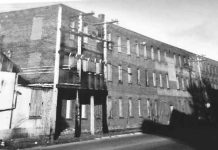(Final column in a six-part series about Spain.) Spain has long been one of my favorite places to visit, and I hope that I have been able to show you why during the last five weeks as we have traveled from the Iberian peninsula’s warm and sandy Mediterranean coast to its cool and breezy North…



